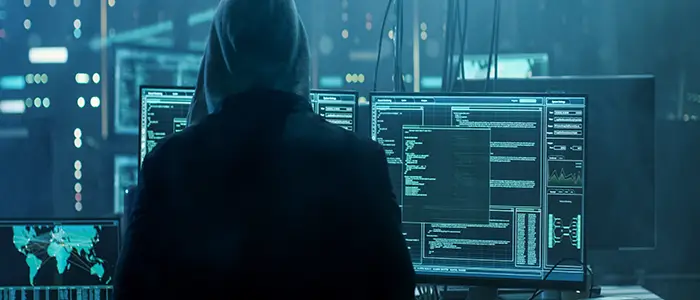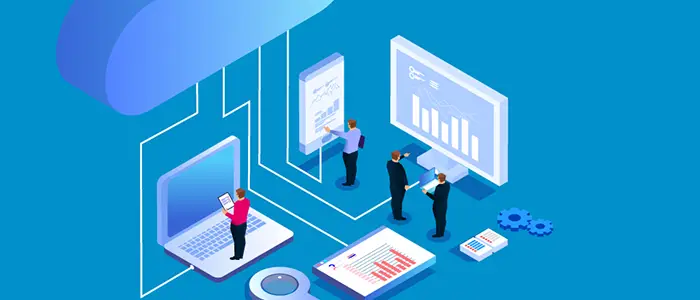Cyber hygiene: The key to your business’s good cyber health
Cyber hygiene: The key to your business’s good cyber health
Follow industry benchmarks and standards
Remember that if an IT practice has gained industry-wide recognition and adoption, it is because it certainly offers some benefits. Protocols like the HTTPS implementation, SSL security certificates, CIS Benchmark, etc., are examples of industry standards that you must follow to maintain good cyber hygiene. Following these standards enhance your cybersecurity quotient and also play a positive role in helping you win your customer’s trust.
Stronger IT administration
The role of an IT administrator is very critical in any organization. IT administration involves exercising control over most of the IT activities with a view to ensure the security of your IT environment is never compromised. Make sure your IT admin rules and policies are clearly formulated and covers everything including-
- Clear definition of user roles
- Permission levels for each user role
- Restrictions regarding download/installation of new software
- Rules regarding external storage devices
Conduct regular IT audits to spot vulnerabilities and gaps that may threaten the security of your IT infrastructure. During the IT audits pay special attention to-
- Outdated software or hardware that is still in use
- Pending software updates that make an otherwise secure software vulnerable
Password policy adherence
When it comes to cyber hygiene, passwords are the weakest link as often, people compromise on the password policy for convenience’s sake. Here are a few things to look into at the time of your IT audit to ensure your password policy is being adhered to.
- Check if passwords are strong enough and follow the standards set for secure passwords
- Discourage password repetition or sharing
- Ensure multi-factor authentication, where apart from the password, there is at least one more credential, such as a secret question, a one-time password (OTP) sent to the user’s mobile phone, or a physical token or QR code, to verify and approve data access
As a part of your cyber hygiene check, ensure you have all the basic security mechanisms in place. These include
- Anti-malware software programs
- Firewalls
- Data encryption tools
- Physical security and access control tools like biometric access
Pay attention to what happens with obsolete data
How do you get rid of data you no longer need? Even though old data may not be of any use to you from the business perspective, a breach of that data can still hurt you legally. Ensure you get rid of old data safely. It is a good practice to deploy data wiping software and also create policies for the safe destruction of physical copies via shredding or other methods.
Strong cyber hygiene practices can keep your data safe from cybercriminals lurking out there. However, consistently following up and ensuring these best practices are being adhered to, can be taxing on your internal IT team. It may be a good idea to bring an MSP on board who is well versed in cybersecurity to assist you with cyber hygiene.










